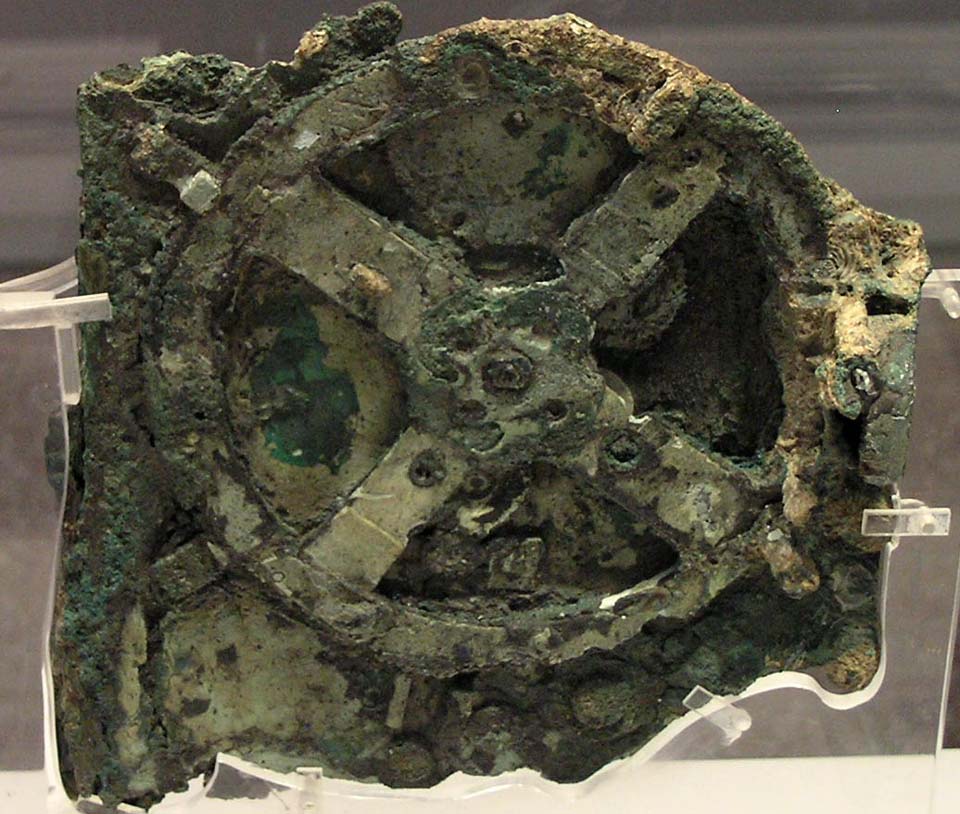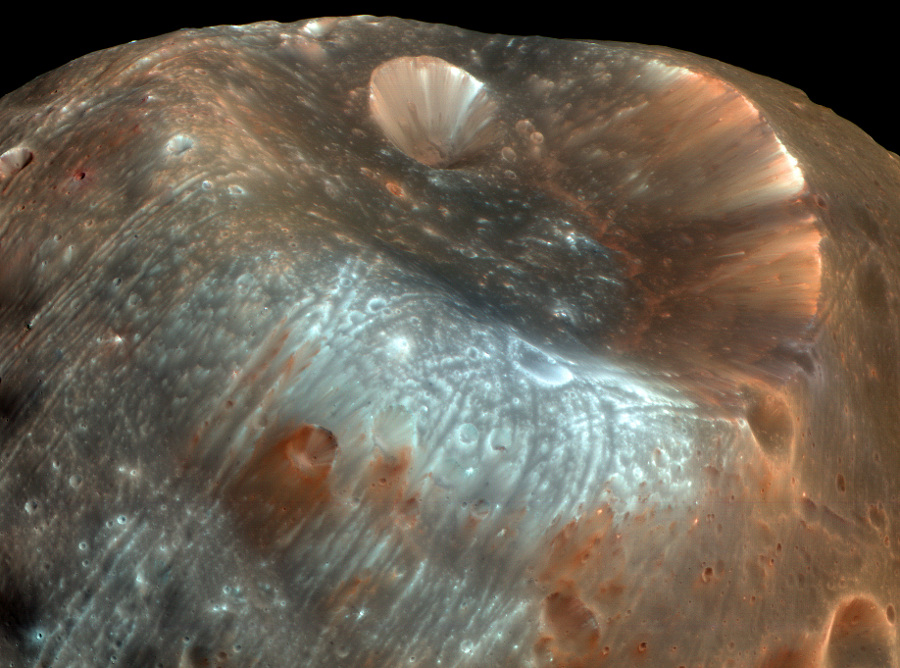November 2012:
- Getting easier to see the moon in the mornings
- Still see Jupiter and Venus
- Not many bright new stars visible
- Still bright summer constellations visible
- Able to identify Vega quite easily now
- Using star track app in order to make sure that I have the right name for the stars I see
- Getting easier to see
- Identified the great square of Pegasus
- Able to distinguish clusters from one another
- Went out to myakka with some friends and was able to see the milky way
- Harder to see bright stars with winder approaching
- Spent an hour at the beach with some friends and was able to clearly see many stars and name some of them
- Summer triangle often visible, can tell the stars apart, Vega, Deneb, and Altair and then tell their constellations
- Not many bright stars in the winter sky
- Very few first magnitude stars compared to the summer sky
- Harder to distinguish certain constellations and stars
- Of course able to see the moon every night
- Accurate in predicting the phase of the moon only from looking at it
- Over Christmas break able to stay up late and look at the stars with my cousins
- No morning sightings over break
- More free time to gaze, no school, able to devote more time
- Looked off balcony for a while to escape my family, with the help of the star tracker app I was able to identify many more stars than usual
- Overall good break, lots of star gazing
January 2013:
- Up early again, able to see the moon and a few planets every morning
- Not much time to stay up late like before on break
- Have the lunar schedule down
- On weekends able to spend more time looking up
- Good quarter for star gazing

